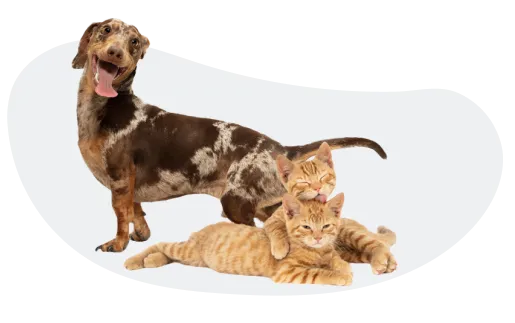Pet dentistry is a tricky job! While human dentists can perform almost all procedures upon their patients without a general anaesthetic, proper oral examination and treatment in cats and dogs requires the patient to be fully anaesthetised. There are several reasons for this.
Firstly, we can all appreciate that most pets are not good at sitting still with their mouths open while we examine and probe all areas of their teeth and gums. Additionally, the instruments we use are very sharp and can cause significant damage to the mouth and is dangerous if the pet moves during treatment.
Secondly, we simply cannot examine or clean under the gum line (the most important site of disease) or obtain any dental radiographs of problem areas in a conscious patient. If we just clean the visible crowns of the teeth they might look better, but we are not really helping the pet at all as the real disease under the gumline is left untreated altogether.
Finally, most animals with dental problems will have some painful areas in their mouths. Trying to treat these problems in an awake patient is simply not humane.
While it is normal to feel apprehensive about the prospect of your pet undergoing anaesthesia, it is worth keeping in mind that we strive to provide the safest anaesthetic possible for each patient by using modern drugs and protocols, checking for any potential health problems prior to anaesthesia, tailoring the anaesthetic to best suit each individual, and using advanced monitoring equipment throughout each procedure. Please feel free to discuss with us any questions or concerns you may have.
Make some comments on anaesthesia and pet dentistry below.
